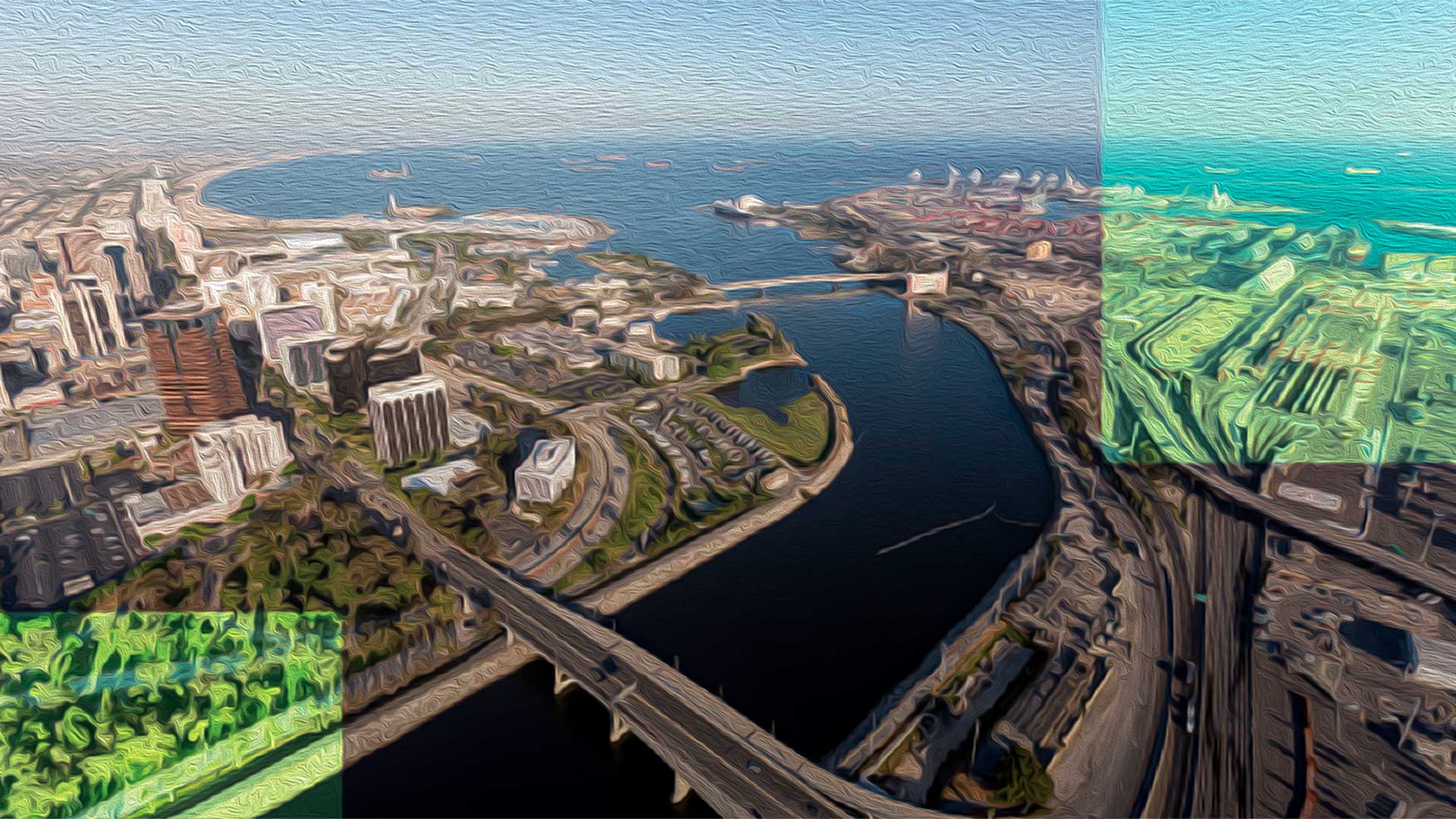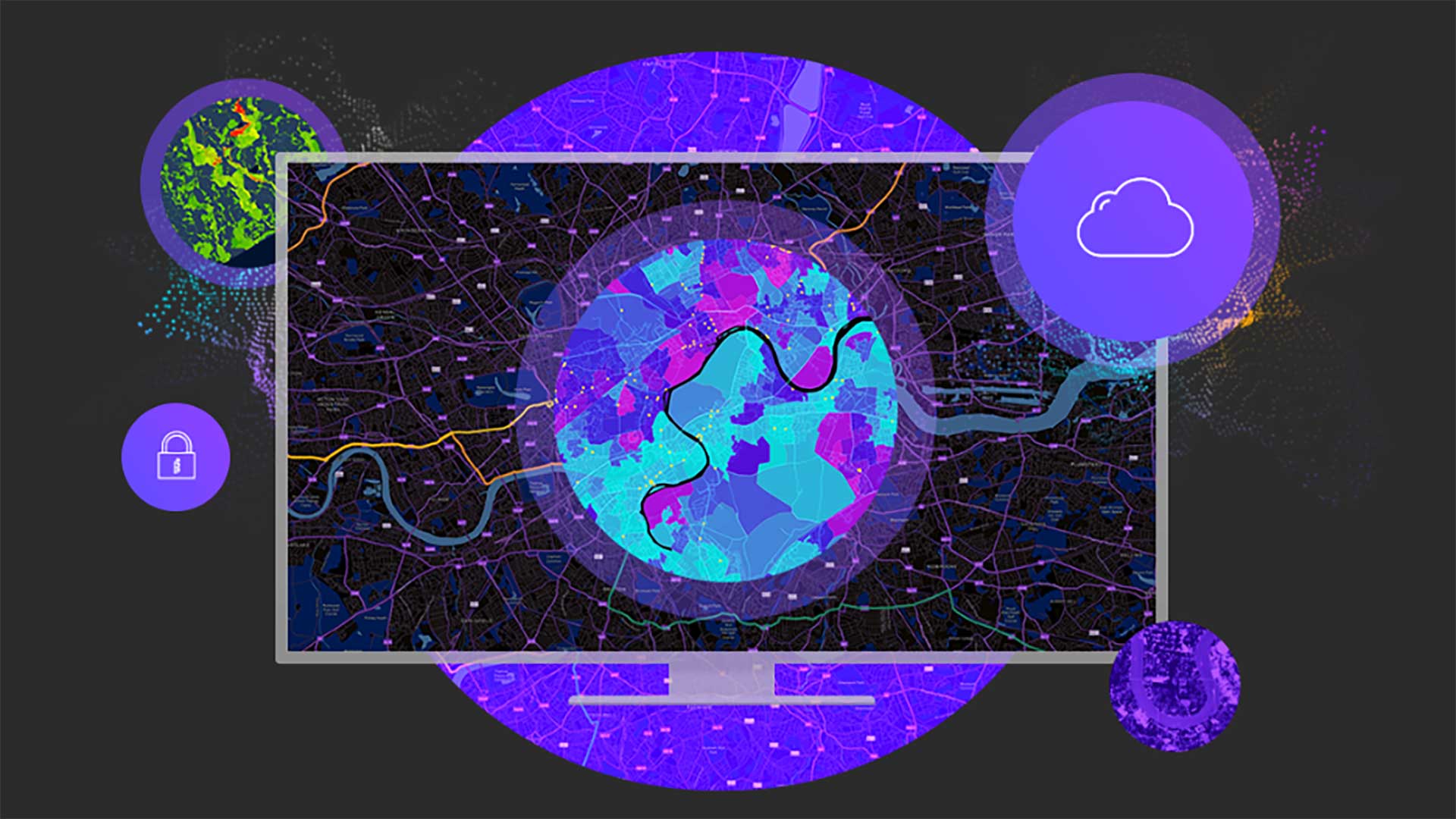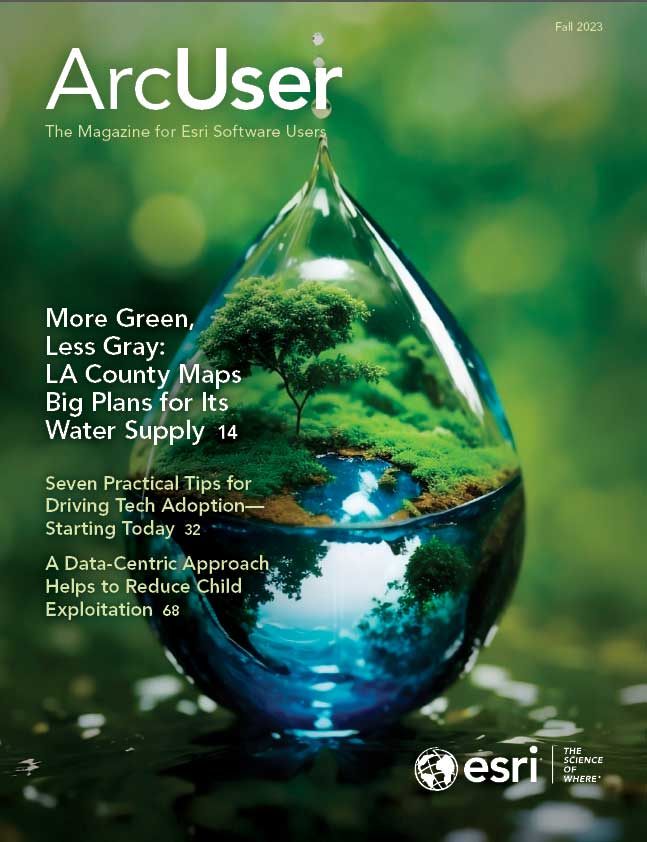Water is critical to our lives. It makes up, on average, 60 percent of our bodies. It is fundamental to biochemical processes such as photosynthesis and cellular respiration. It is essential to all life on Earth.
And water is inextricably bound up with the challenges brought on by climate change. United Nations Water, an interagency coordinating mechanism for working on water and sanitation issues, has characterized climate change as “primarily a water crisis” that is manifested in more severe flooding, rising sea levels, loss of polar ice, an increase in the occurrence of wildfires, and more prolonged and widespread droughts.
Articles in this issue describe how government agencies and nonprofit organizations are using the geographic approach and GIS to increase the water supply, protect water quality, monitor water usage, and control stormwater.
Los Angeles County’s Safe, Clean Water Program (SCWP) is using a GIS-based, holistic approach to water management that funds projects to improve the local water supply while invigorating communities. These projects help offset the effects of climate change. They divert stormwater while recharging groundwater and supporting green infrastructure elements such as parks, landscaping, and trees. These elements make urban environments more livable by moderating temperatures and providing recreational areas to residents.
Although 75 percent of the Earth’s surface is covered by water, only 3 percent of that water is the freshwater that human life depends on. Articles in this issue describe how government agencies are applying GIS tools to monitor water consumption, detect the presence of dangerous chemicals, and safeguard water quality. The ability of GIS to collect, integrate, and analyze information about drinking water infrastructure is making the formidable task of identifying lead lines and managing their replacement feasible.
Employing the geographic approach to water management is an integral component of mitigating the impacts of climate change and ensuring a more resilient and sustainable world.





